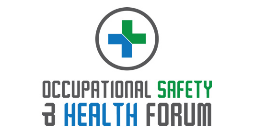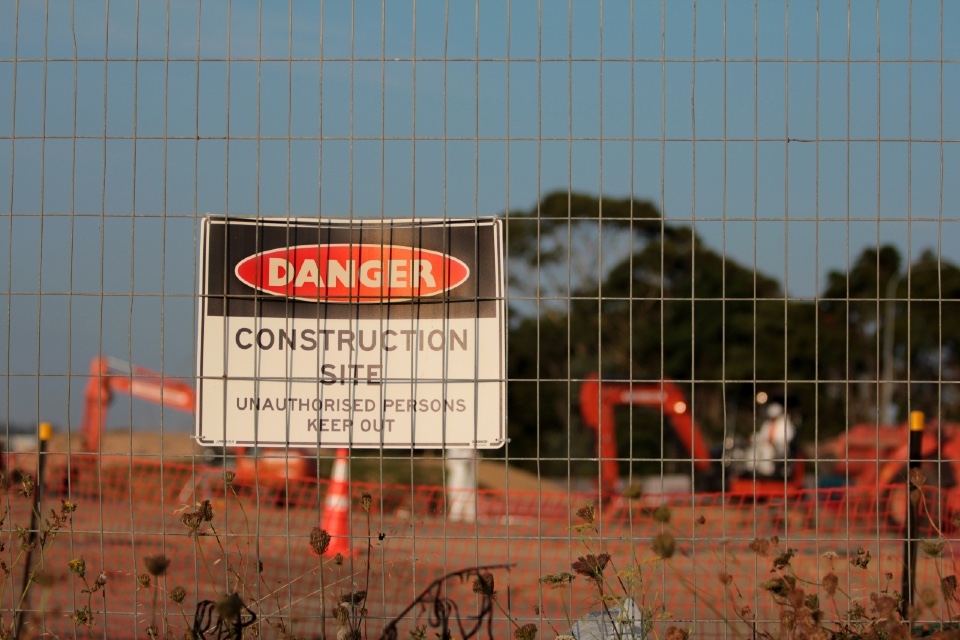Implementing effective workplace behavioural safety is a critical aspect of Occupational Health & Safety (OHS) strategy in both the public and private sectors. This approach focuses on modifying employees’ behaviours to prevent accidents and injuries, promoting a culture of safety that goes beyond mere compliance with regulations. Here are the key pillars for implementing effective workplace behavioural safety, essential for OHS professionals aiming to foster safer work environments…
1. Leadership Commitment and Engagement: The foundation of a successful behavioural safety programme is the unwavering commitment and active engagement of leadership. Senior management must not only endorse safety initiatives but also lead by example, demonstrating a genuine commitment to safety that permeates through all levels of the organisation. This leadership sets the tone for a safety-first culture, where safety becomes a core value rather than just a priority.
2. Employee Involvement and Ownership: For behavioural safety efforts to be effective, employees must be actively involved in the process and feel a sense of ownership over safety outcomes. This can be achieved through participatory approaches such as safety committees, suggestion schemes, and involving employees in safety audits and risk assessments. When employees are engaged and contribute to safety discussions, they are more likely to adopt and advocate for safe behaviours.
3. Clear Communication and Education: Clear, consistent, and effective communication is vital in promoting behavioural safety. OHS professionals should ensure that safety policies, procedures, and expectations are communicated in an understandable and accessible manner. Additionally, regular safety education and training sessions are crucial in reinforcing safety knowledge and skills, enabling employees to recognise hazards and adopt safe behaviours.
4. Positive Reinforcement and Feedback: Positive reinforcement of safe behaviours through recognition and reward systems can significantly enhance behavioural safety programs. Regular feedback, both positive and constructive, helps reinforce desired behaviours and correct unsafe ones. Acknowledging and rewarding safe practices motivate employees and reinforce the message that safety is valued.
5. Continuous Monitoring and Improvement: Behavioural safety is not a one-time initiative but a continuous process of improvement. Regular monitoring of safety behaviours, through observations and audits, provides valuable data that can be used to assess the effectiveness of current practices and identify areas for improvement. OHS professionals should use this data to refine safety strategies, address emerging risks, and continuously enhance the safety culture.
6. Psychological Safety and Support: Creating an environment where employees feel psychologically safe to report hazards, near misses, and safety concerns without fear of blame or retribution is essential. Support mechanisms, such as counselling services and stress management programs, also contribute to overall behavioural safety by addressing the psychological aspects of workplace safety.
Effective workplace behavioural safety in the UK’s public and private sectors relies on leadership commitment, employee involvement, clear communication, positive reinforcement, continuous improvement, and psychological support. By focusing on these key pillars, OHS professionals can foster a culture of safety where safe behaviours are ingrained in the fabric of everyday work life, significantly reducing accidents and promoting a healthier, safer workplace.
Are you looking for Behavioural Safety solutions for your organisation? The Occupational Safety & Health Forum can help!
Photo by Sandy Millar on Unsplash







